Earth is beautiful and full of surprises. So is Matthew Albanese, a New York-based artist, creating stunningly realistic landscapes from everyday objects and photographing them as if they were a part of the earth. Albanese named his project “Strange Worlds” for it really is strange to see coral reefs made from walnuts, or mountains built from cinnamon. Being a professional photographer and using various shooting techniques, Matthew is able to alter the appearance of materials and create images that seem perfectly natural.
For those daring to doubt his skills, Albanese has prepared some sneak-peek images of his installations at their early stage, allowing to see the construction process and the difference between the diorama and the final result.
1. Tornado
The scene was made of steel wool, cotton, ground parsley and moss.
2. Mountains
This model is made out of faux fur(fields), cotton (clouds) and sifted tile grout (mountains). The perspective is forced like in the rest of the images, and the lighting effect was created by simply shifting the white balance.
3. River horizon
This diorama was made using painted parchment paper, thread, hand dyed ostrich feathers, carved chocolate, wire, raffia, masking tape, coffee, synthetic potting moss and cotton.
4. Aurora Borealis
The effect was created by photographing a beam of colored light against a black curtain to achieve the edge effect. The trees in the picture are so far the only real life element in any of these images. The stars are simply a strobe light, going through holes in cork board.
5. Paradise Island
The scene was made from cotton, salt, cooked sugar, tin foil, feathers & canvas.
6. Mars Landscapes
To get these Mars-like landscapes the artist used paprika, cinnamon, thyme, nutmeg, chili powder and charcoal.
7. Forest Landscape
Diorama is constructed from wood, moss, yellow glitter, clear garbage bags, cooked sugar, scotch-brite pot scrubbers, bottle brushes, clipping from a bush in bloom (white flowers) clear thread, sand, tile grout (coloring), wire, paper and alternating yellow, red and orange party bulbs.
8. Waterfall
This model was made out of glass, plexiglass, tile grout, moss, twigs, salt, painted canvas & dry ice. The waterfall was created from a time exposure of falling table salt.
9. Moon Lanscape
It took two months for the artist to store up enough fireplace ash to create this lunar landscape. The darker rocks are made of mixed tile grout, the flag – crumpled paper & wire. The Earth is a video still projected onto the wall. Inspired by the Apollo 11 mission.
10. Icebergs
These icebergs were made out of 25 pounds of sugar, cooked at varying temperatures (hard crack & pulled sugar recipes). It’s basically made out of candy salt, egg whites, corn syrup, cream of tartar, powdered sugar, blue food coloring, india ink & flour. It took three days to cook, and two weeks to put it all together.
11. Underwater World
The underworld diorama was made out of walnuts, poured and cast candle wax, wire, glitter, peanut shells, flock, plaster, wire, dyed starfish, compressed moss, jellybeans(anemones), sponges, wax coated seashells, toothpaste, clay, figs, feathers, Q-tips, nonpareils. The water surface was created using vinyl shower curtain, plexiglass and clear epoxy. The reflected sunlight effect was made out of a video projector through fake fog. The lens was covered with a piece of blue stretch wrap which created subtle distortions throughout the image. 11 light sources were used in total, including the projector.
12. Volcano
Volcano was constructed out of tile grout, cotton and phosphorous ink. This model was illuminated from within by 6-60 watt light bulbs.
44Kviews
Share on Facebook
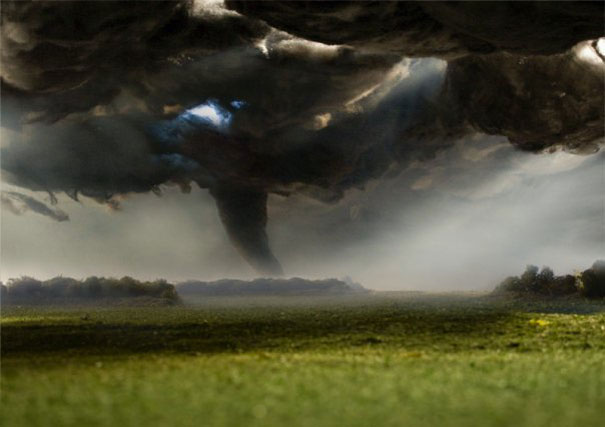
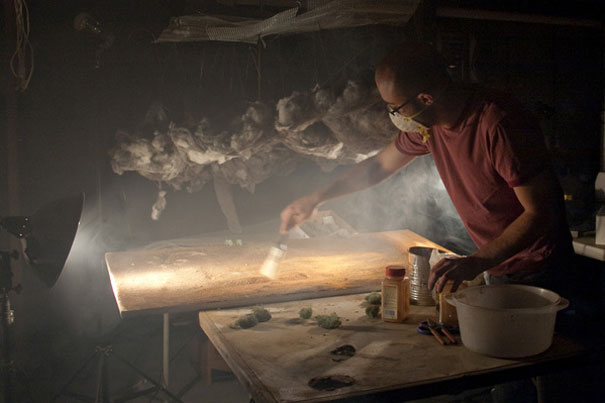
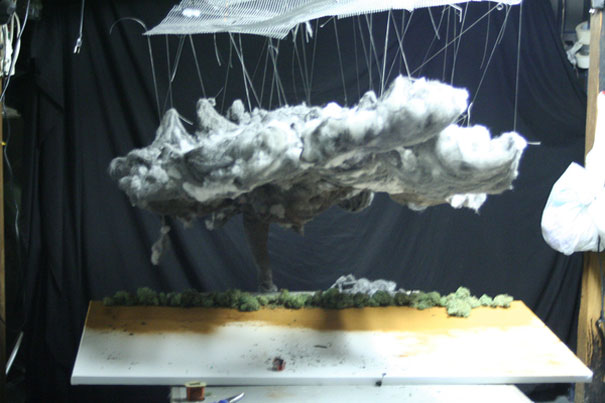
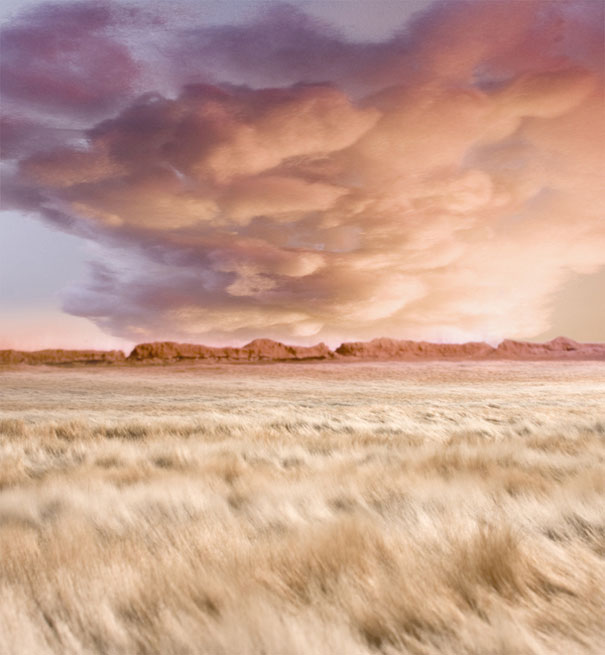
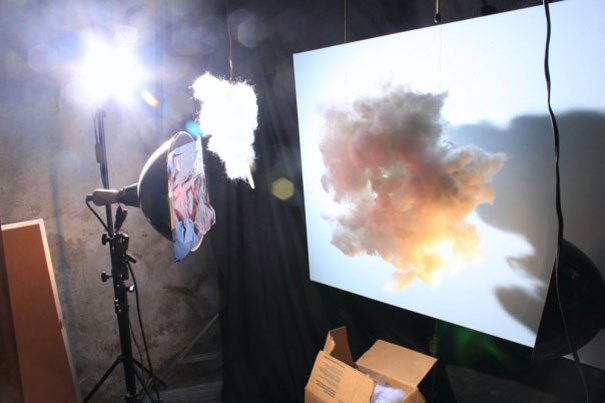
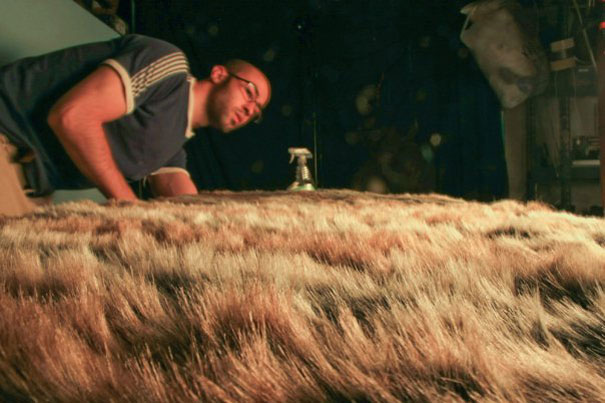
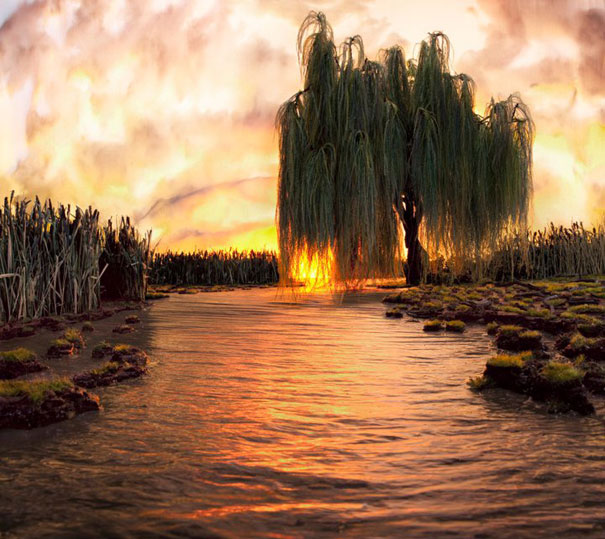
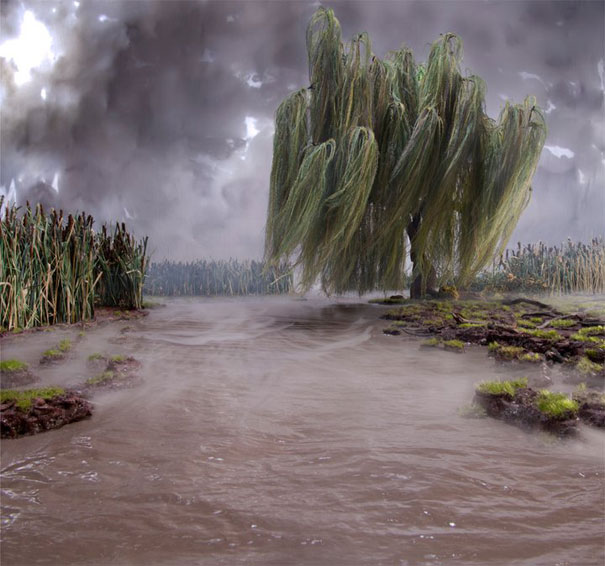
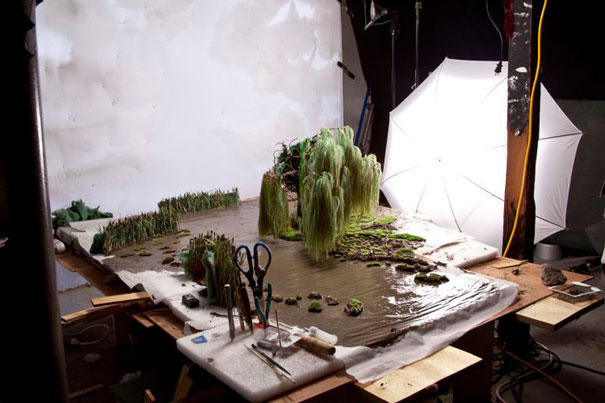
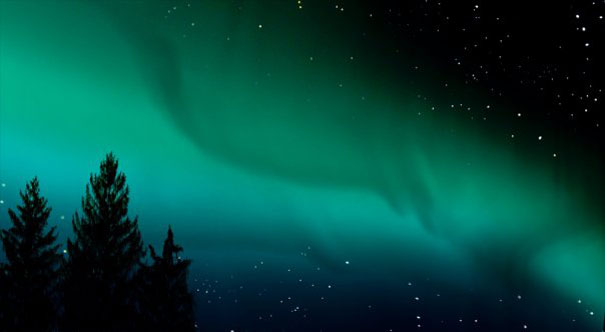
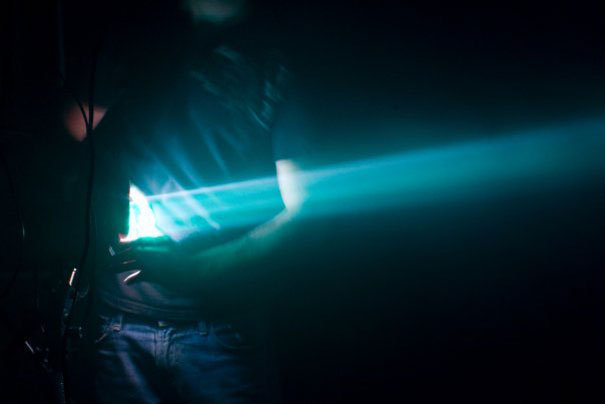
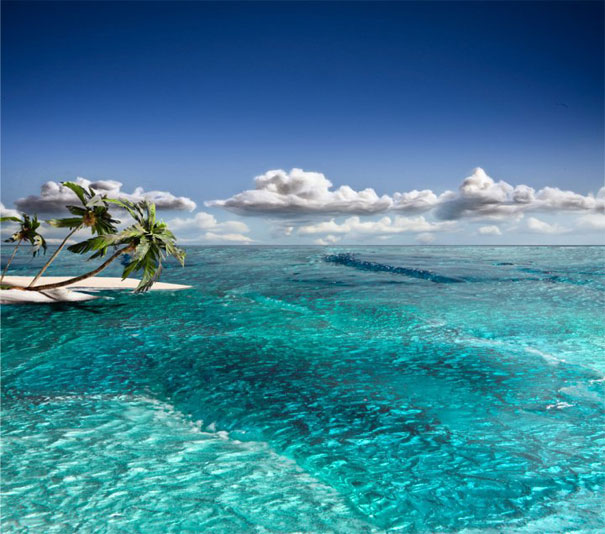
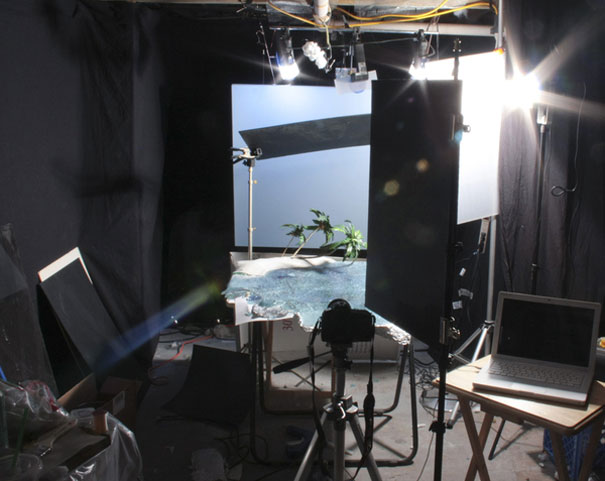
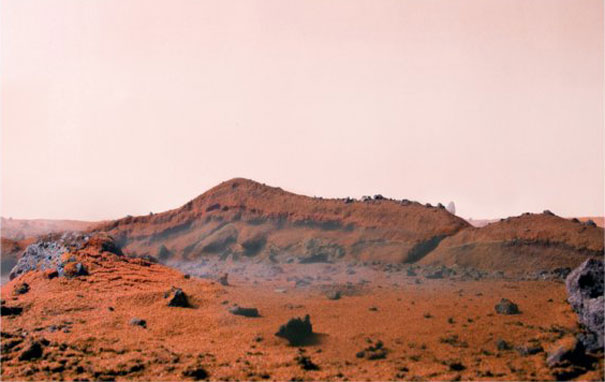
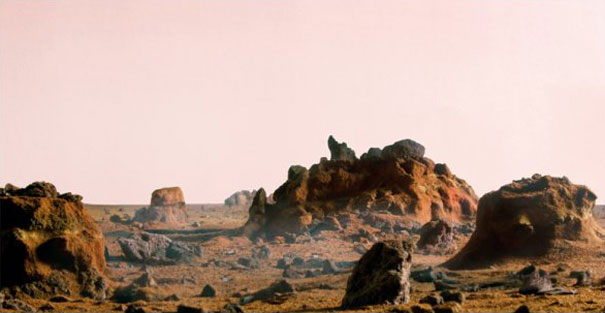
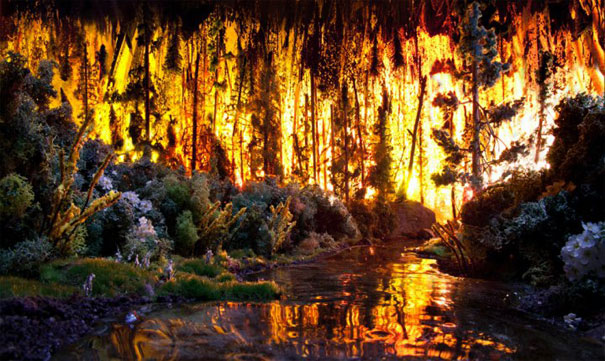
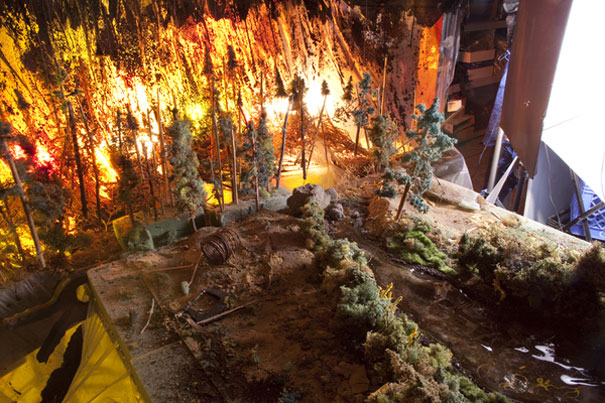
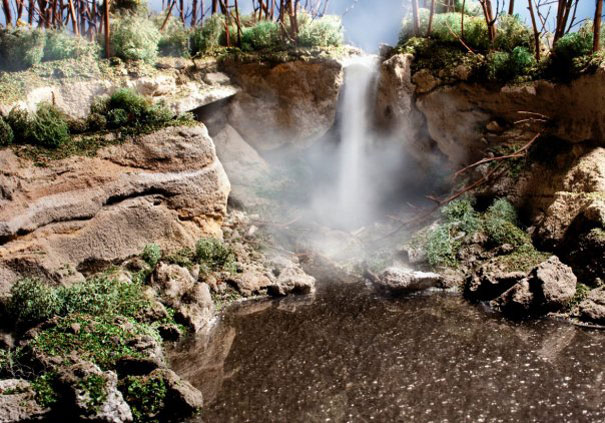
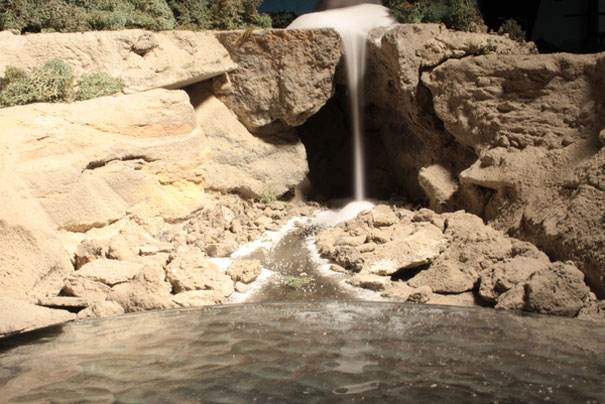
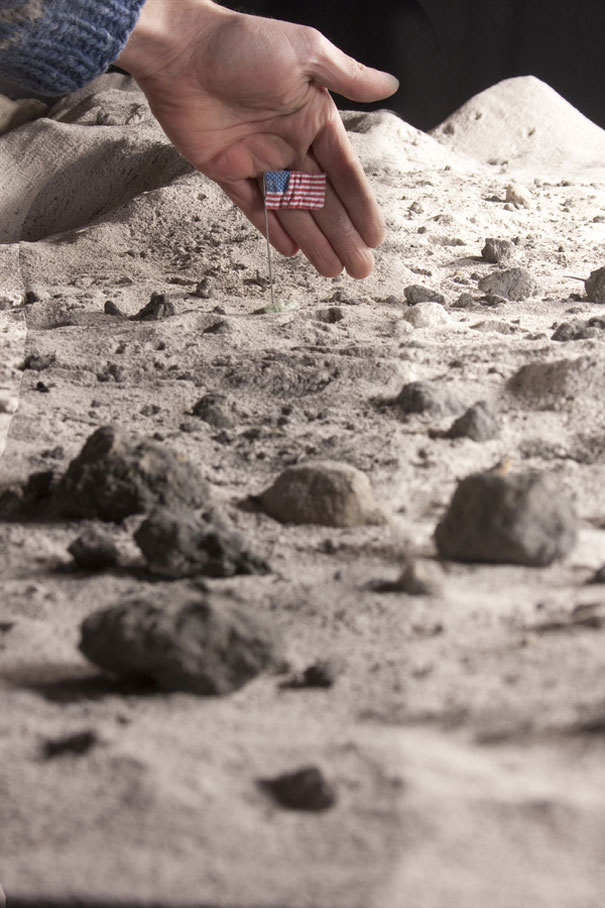
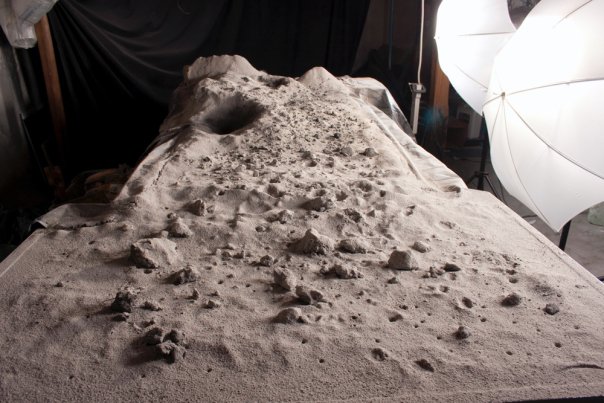
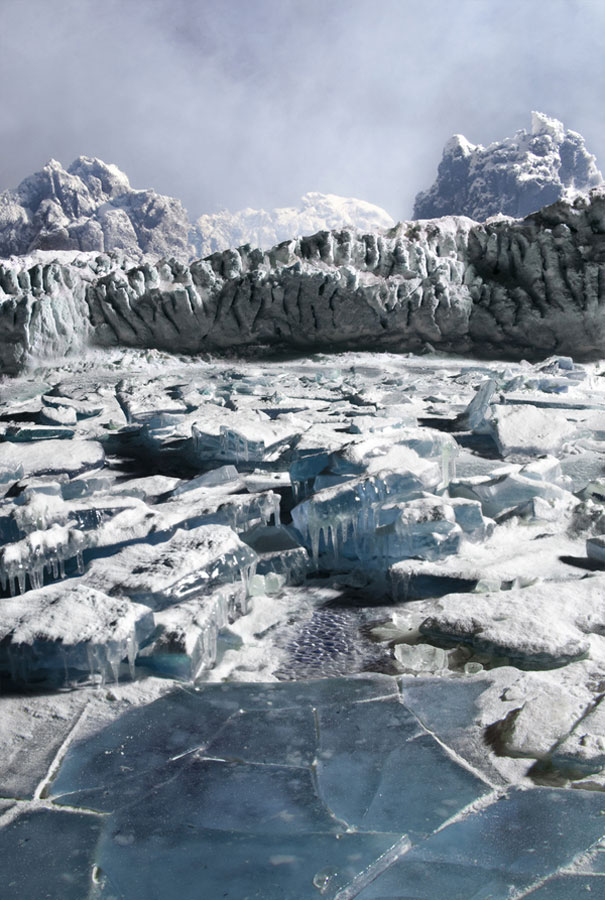
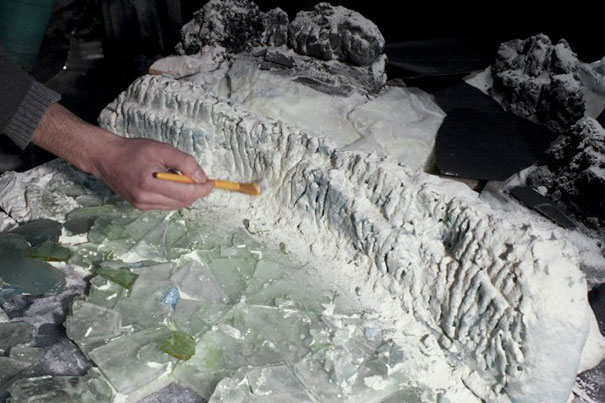
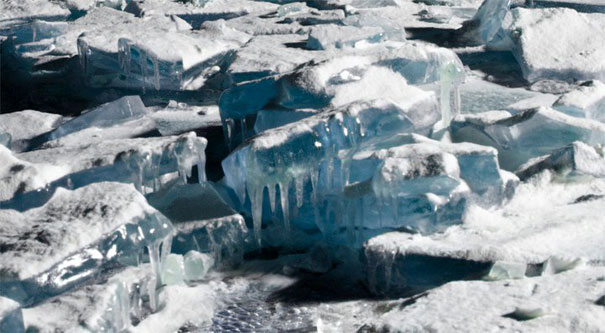
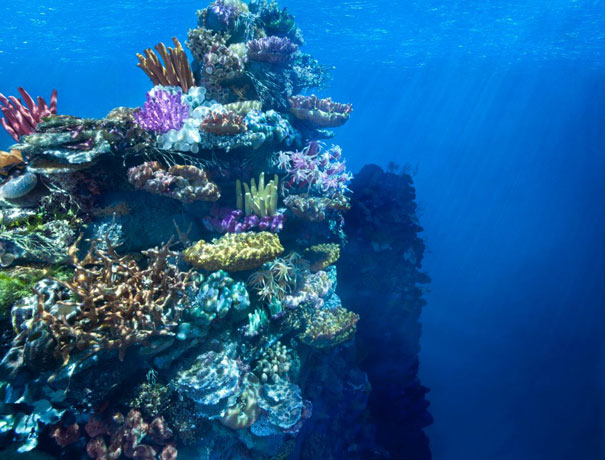
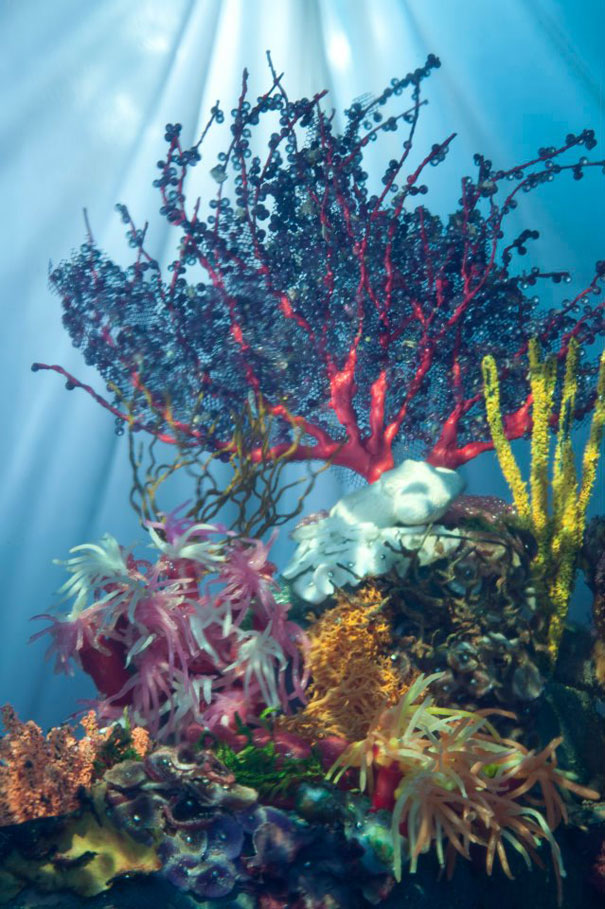
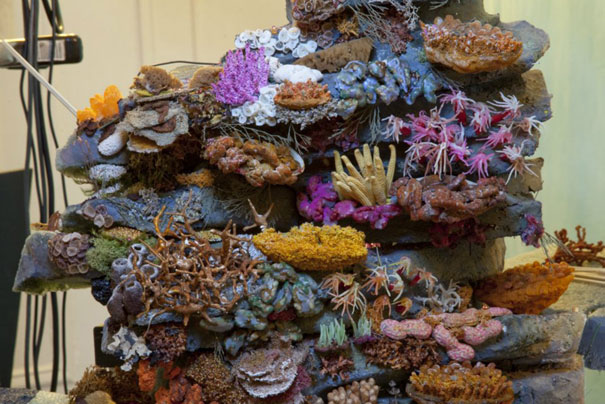
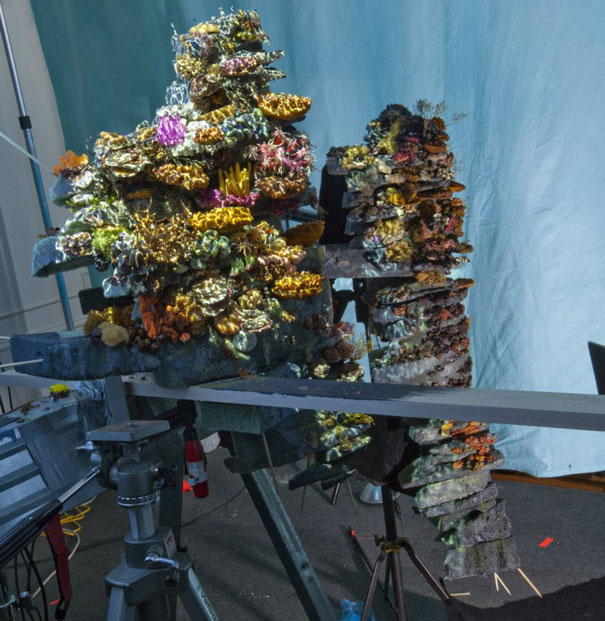
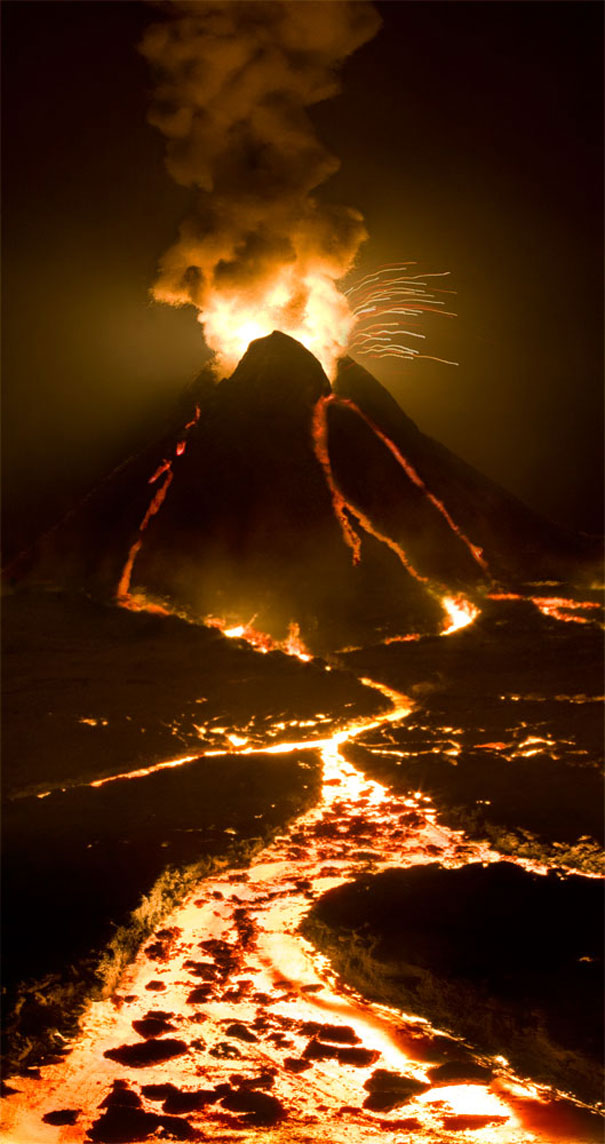
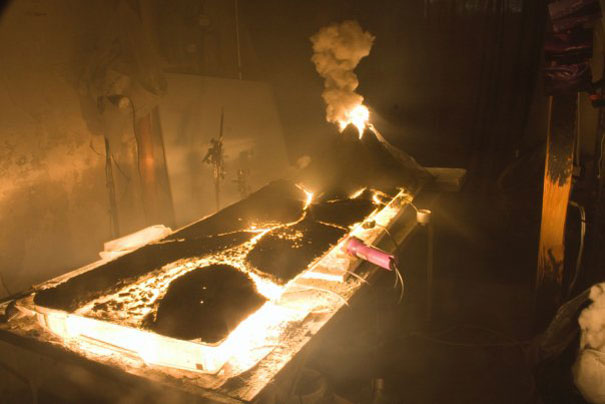













5
12